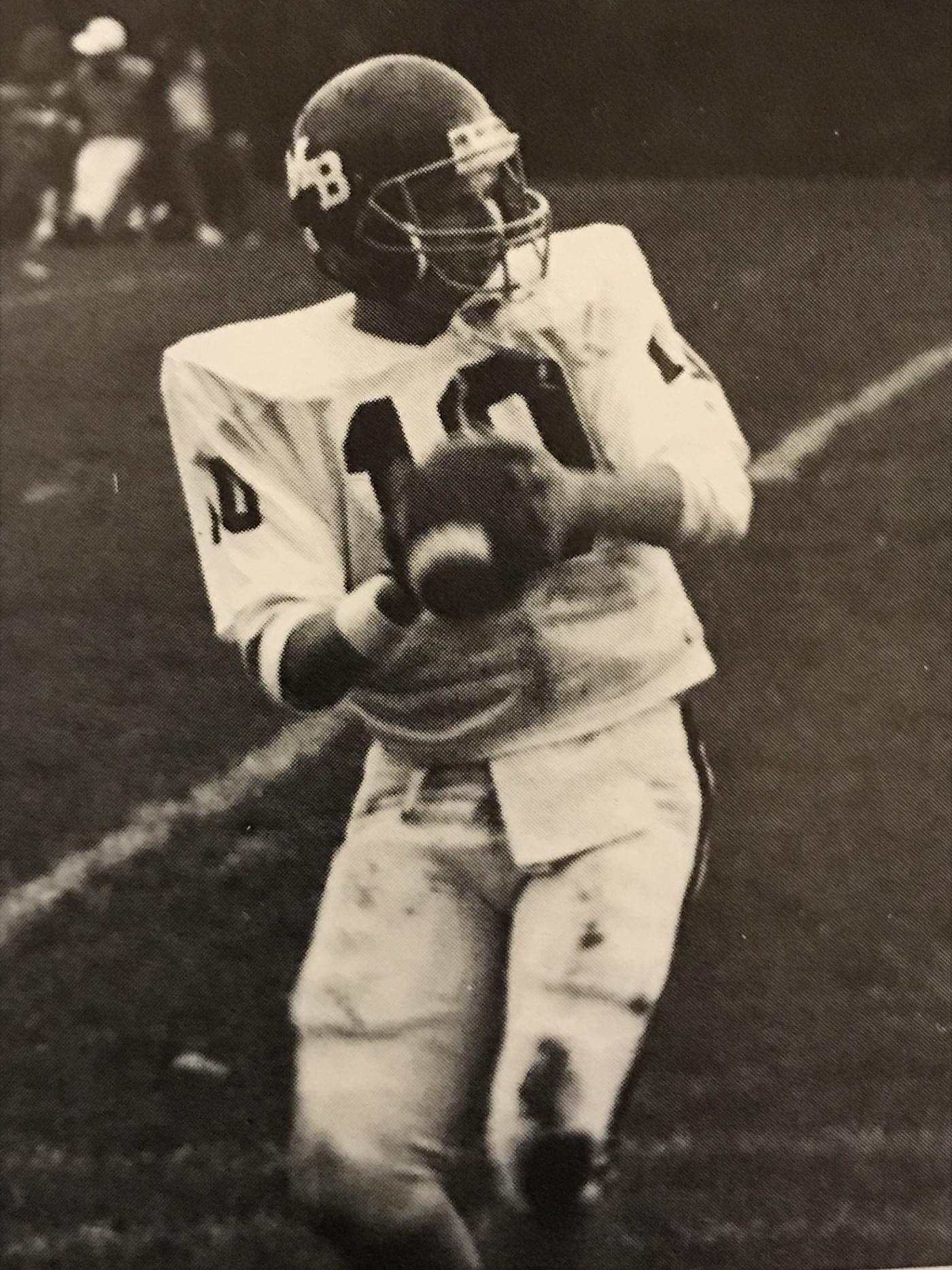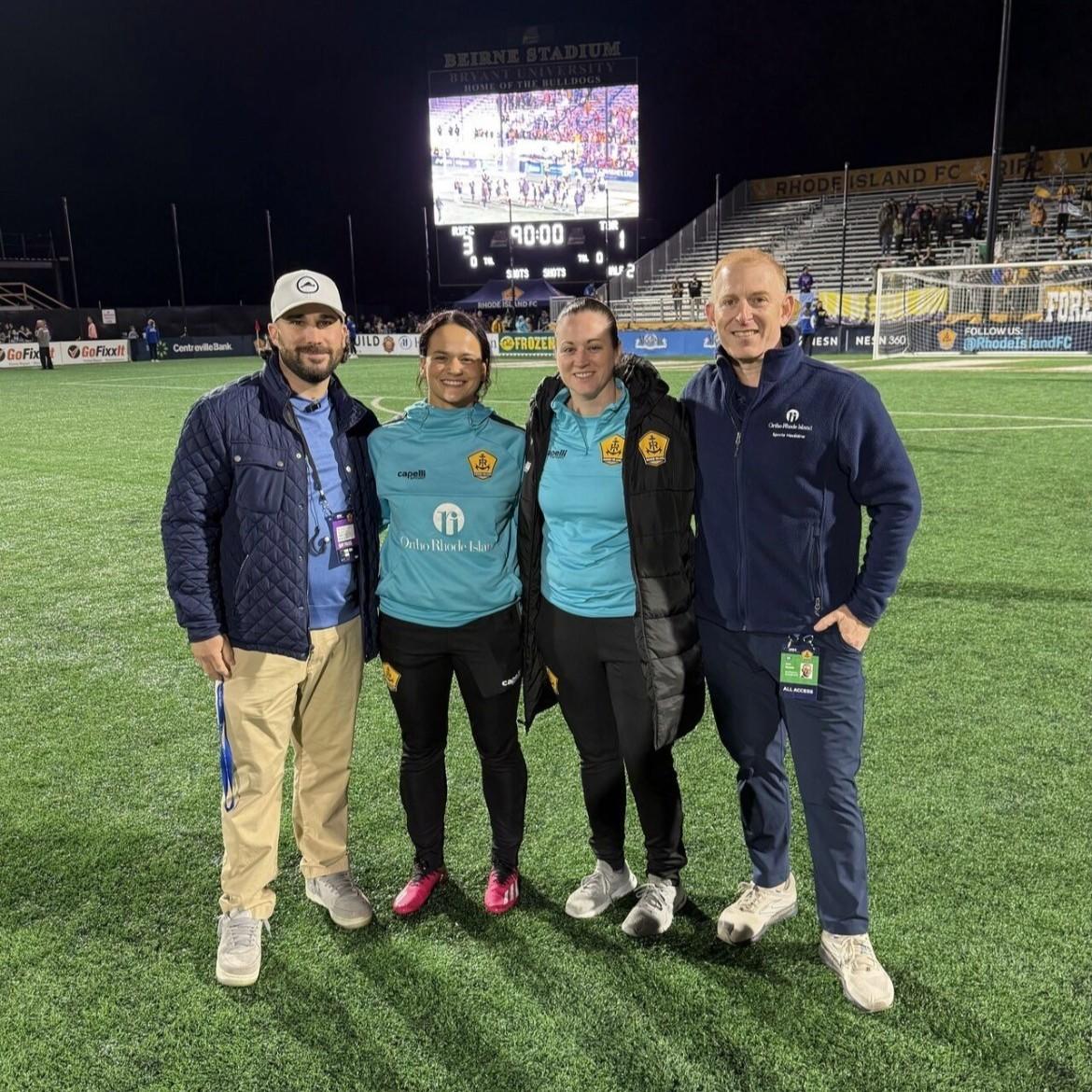More kids are getting sidelined—not from big hits, but from playing too much of the same sport. Hear from an Adtalem expert in orthopedic surgery on what’s causing the spike and how to stop it.
For many families, sports are a cornerstone of childhood.
Whether it’s the buzz of a soccer game or the quiet focus of a little leaguer stepping up to the plate, youth sports build more than just skills, they build confidence, friendships and resilience.
But behind the joy of competition and camaraderie, a troubling trend has taken shape. Orthopedic surgeons like Keith Monchik, MD ’03, an alumnus of Adtalem’s Ross University School of Medicine, are seeing a sharp rise in serious and preventable injuries, especially those stemming from overuse.
What are Overuse Injuries?
“The No. 1 thing that we’re seeing now that we didn’t see 20–25 years ago is basically the rise of overuse injury,” says Dr. Monchik, a board-certified orthopedic surgeon and sports medicine specialist at Ortho Rhode Island.
Overuse injuries are caused by repetitive strain like throwing a ball over and over rather than acute trauma. They are prevalent among youth aged 8–14 due to their developing growth cartilage, which is more vulnerable to damage. These injuries now account for up to 54% of all youth sports injuries.
More than 3.5 million children under age 14 are treated for sports-related injuries every year, and sports now ranks as the second leading cause of emergency room visits among youth. Over the last 25 years, serious shoulder and elbow injuries among youth baseball and softball players have increased five-fold. Among high school athletes, ACL tears have increased 26% over the past 15 years.
These aren’t the typical bumps and bruises of a rough game. They are injuries that can sideline young athletes for months, sometimes with long-term consequences.
When the Game Doesn’t Stop
The increase in overuse injuries isn’t just about kids playing harder. Youth sports have shifted over the last two decades from seasonal pastimes to year-round commitments, with athletes specializing in a single sport earlier and earlier.
Without time to rest or switch up movement patterns, kids are wearing down the same joints, tendons and muscles repeatedly.
“What we’re doing is we’re driving athletes to do something they should not be doing, and that’s playing the same sport year-round,” he says. “The best analogy is like a car—if you drive one car every single day for 10 years, it wears out. But if you drive three cars, each one for a third of the year, those cars will last you 30 years.”
A Surgeon Grounded in Experience
Dr. Monchik knows what’s at stake—not just from treating injuries, but from growing up on the field himself. He played Division I squash and Division III football in college. He later became an EMT and paramedic before pursuing medical school and discovering a passion for orthopedics.
Today, he is head physician for Rhode Island FC of the United Soccer League, team doctor for Johnson & Wales University and Moses Brown School and an assistant clinical professor at Brown University’s medical school. He sees athletes at every level from elementary school to the pros.
Lately, he’s seeing more preventable injuries than ever before.
“A lot of these athletes have no recovery time. The recovery time should be at least equal to what their playing time is.”
Preventing Youth Sports Injuries
According to Dr. Monchik, one of the most effective ways to reduce risk is to encourage kids to play more than one sport.
He also stresses the importance of proper warmups, activation drills and time to cool down and recover, something many younger athletes, eager to just play, often skip.
“As we get higher and higher in the level of the athlete, they take more and more time to become in tune with their body,” he says. “But high school athletes or younger don’t have that time. They get in, stretch for two seconds and start playing. That’s what they like doing, but it increases their risk.”
Letting Kids Be Kids and Athletes
While the rise in youth injuries is serious, Dr. Monchik doesn’t believe the answer is to take kids out of sports. He lent his expertise to this story on his way to his daughter’s softball game.
“I love covering all sports,” he says. “It doesn’t matter what I’m watching—high school football, girls’ soccer, or the pros. Sports have been part of my life, and I want kids to be able to enjoy that same experience.”
But he also believes parents, coaches and programs have a responsibility to protect young athletes from everything like broken bones to burnout and long-term damage.
From orthopedic surgeons to veterinarians and nurses, learn how graduates from Adtalem’s institutions turn their educations into Degrees of Impact.
For more information, email the Adtalem Global Communications Team: adtalemmedia@adtalem.com.






